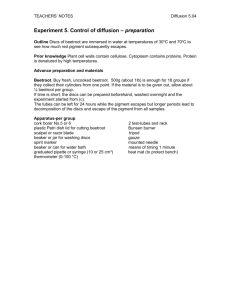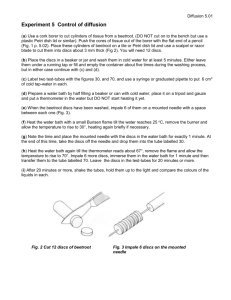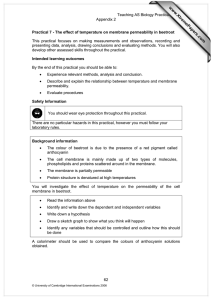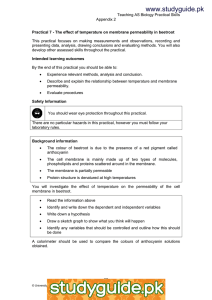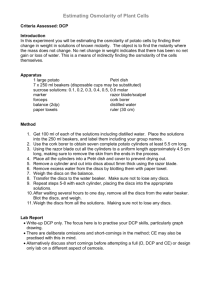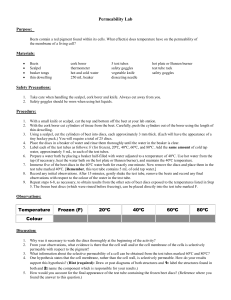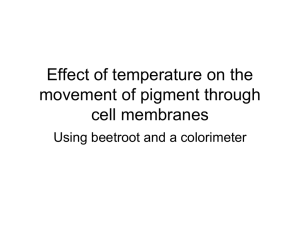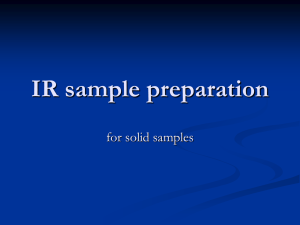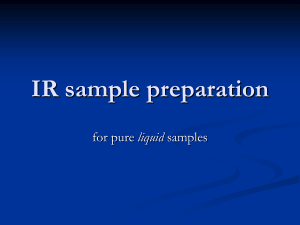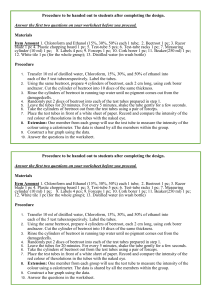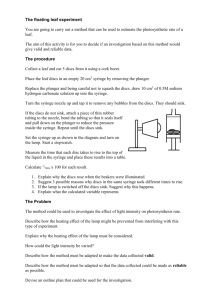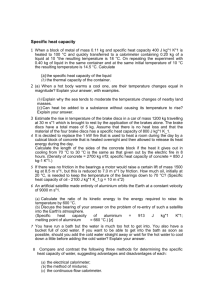The effect of temperature on membrane permeability
advertisement
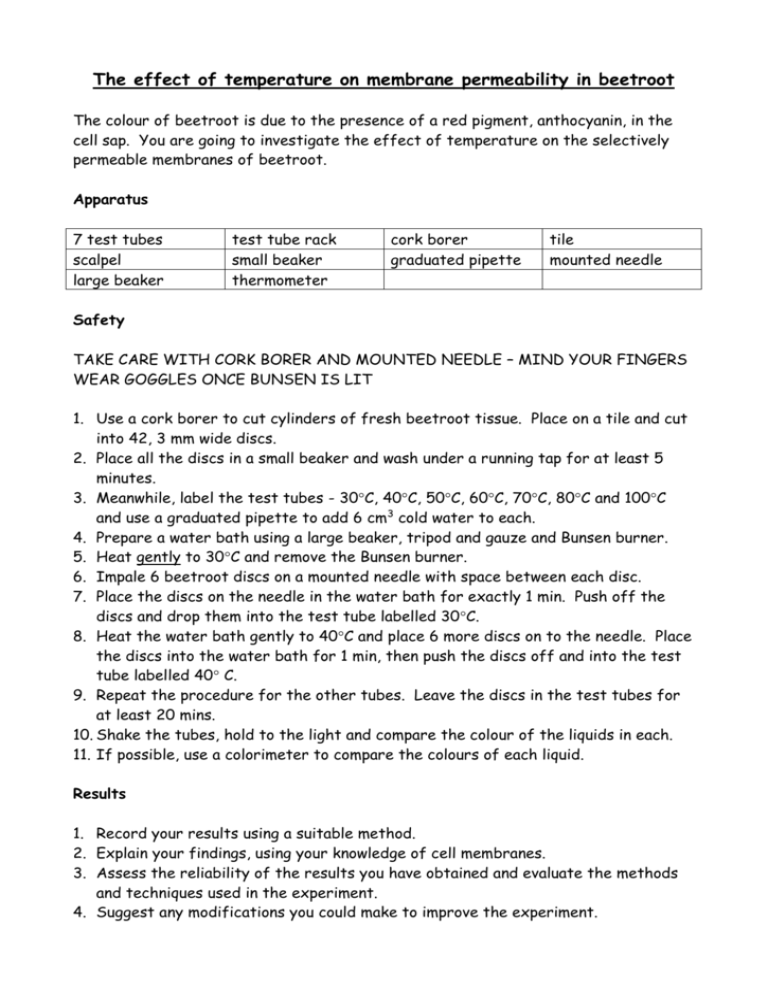
The effect of temperature on membrane permeability in beetroot The colour of beetroot is due to the presence of a red pigment, anthocyanin, in the cell sap. You are going to investigate the effect of temperature on the selectively permeable membranes of beetroot. Apparatus 7 test tubes scalpel large beaker test tube rack small beaker thermometer cork borer graduated pipette tile mounted needle Safety TAKE CARE WITH CORK BORER AND MOUNTED NEEDLE – MIND YOUR FINGERS WEAR GOGGLES ONCE BUNSEN IS LIT 1. Use a cork borer to cut cylinders of fresh beetroot tissue. Place on a tile and cut into 42, 3 mm wide discs. 2. Place all the discs in a small beaker and wash under a running tap for at least 5 minutes. 3. Meanwhile, label the test tubes - 30C, 40C, 50C, 60C, 70C, 80C and 100C and use a graduated pipette to add 6 cm3 cold water to each. 4. Prepare a water bath using a large beaker, tripod and gauze and Bunsen burner. 5. Heat gently to 30C and remove the Bunsen burner. 6. Impale 6 beetroot discs on a mounted needle with space between each disc. 7. Place the discs on the needle in the water bath for exactly 1 min. Push off the discs and drop them into the test tube labelled 30C. 8. Heat the water bath gently to 40C and place 6 more discs on to the needle. Place the discs into the water bath for 1 min, then push the discs off and into the test tube labelled 40 C. 9. Repeat the procedure for the other tubes. Leave the discs in the test tubes for at least 20 mins. 10. Shake the tubes, hold to the light and compare the colour of the liquids in each. 11. If possible, use a colorimeter to compare the colours of each liquid. Results 1. Record your results using a suitable method. 2. Explain your findings, using your knowledge of cell membranes. 3. Assess the reliability of the results you have obtained and evaluate the methods and techniques used in the experiment. 4. Suggest any modifications you could make to improve the experiment.
